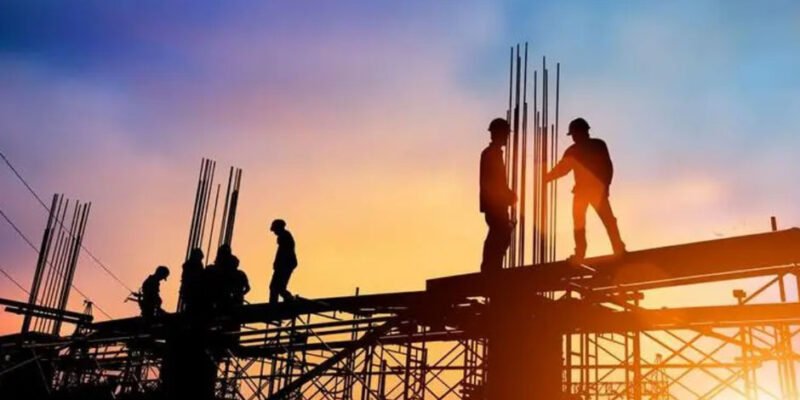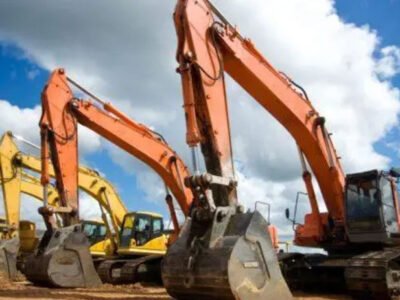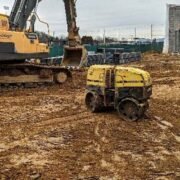In the dynamic world of construction, augmented reality (AR) is emerging as a game-changing technology, redefining traditional practices and propelling the industry toward new heights of efficiency, accuracy, and innovation.
By layering digital holograms over the physical world, AR offers architects, engineers, and builders a powerful tool for visualizing projects in real-time, making precise measurements, and detecting potential issues before they become costly problems.
This introductory exploration dives into how augmented reality in construction is enhancing not just the way structures are designed and built but the entire industry as a whole.
The evolution of AR in construction
The concept of AR has been around for decades, with early experiments conducted in the 1960s by computer scientist Ivan Sutherland. However, it wasn’t until recently that AR started gaining traction in the construction industry.
With advancements in digital technology and the increasing demand for more efficient and sustainable construction practices, AR has become a crucial tool in the industry’s digital transformation.
Enhanced visualization
One key way in which augmented reality is transforming the construction industry is through enhanced visualization. By using AR technology, construction managers can overlay digital models onto physical spaces, enabling them to visualize a project’s appearance before it is built.
This not only helps in better planning and design but also allows for easier communication between stakeholders, as everyone can see a realistic representation of the final product.
Improved efficiency and accuracy
Another significant impact of augmented reality in construction is improved efficiency and accuracy. With AR tools, construction workers can access real-time data and instructions overlaid in their field of vision, eliminating the need to refer back to paper plans or digital devices constantly.
This leads to fewer errors, faster decision-making processes, and a more streamlined construction workflow.
Increased on-site safety
Furthermore, augmented reality plays a crucial role in enhancing safety on construction sites. By using AR headsets or mobile devices, workers can receive real-time safety alerts and hazard warnings overlaid in their environment. This ensures that workers are aware of potential dangers around them and can take appropriate precautions to prevent accidents or injuries.
Better project collaboration
In addition to improving visualization, efficiency, and safety, augmented reality also facilitates better collaboration among project teams. With AR technology, architects, engineers, contractors, and clients can view and interact with 3D models simultaneously from different locations.
This level of collaboration fosters better communication, reduces misunderstandings or conflicts during project execution, and ultimately leads to a more cohesive team working towards a common goal.
Conclusion
Augmented reality is reshaping the construction industry by offering enhanced visualization capabilities, improving efficiency and accuracy in project execution, enhancing safety on job sites, and fostering better collaboration among project teams.
Construction management professionals who embrace AR technology stand to benefit from increased productivity levels, reduced costs due to fewer errors or reworkings, improved safety outcomes for workers on site, and, ultimately, high-quality projects within budget and schedule constraints.
It’s clear that augmented reality has become an indispensable tool for modern construction practices and will continue to shape the industry for years to come.
















Comments